 The human body is an amazing and complex system, and understanding how it works is essential for true healing. Most people are beginning to understand the importance of physical and emotional health, but few understand the connection between the two. That connection is fascia, the connective tissue that runs throughout the body and hold every blood vessel, bone, nerve fiber, and muscle in place. Fascia is also responsible for the transmission of neurotransmitters (e.g. serotonin, dopamine, acetylcholine) throughout your body. This connective tissue transmits hormones such as adrenaline and oxytocin throughout your body as well. What does this all mean? The long and the short is that your fascia is deeply intertwined with the nervous system. Fascia plays a major role in how we physically experience stress, including traumatic events. When the body experiences trauma, it creates tension in the fascia that can cause pain and limit movement. This tension can become chronic and prevent the body from healing completely. When emotional trauma occurs, the body also responds by creating tension in the fascia. Lack of moment, emotional stress, physical injury, and previous unresolved trauma can lead to physical and physiological changes to the fascia, which is often then associated with the symptoms most frequently seen in patients with fibromyalgia, chronic fatigue syndrome, chronic pain, and inflammation. If you scroll throughout this blog, it is apparent I frequently refer to the vagus nerve in my posts. To briefly review what the vagus nerve is, the vagus nerve plays a key role in communicating changes that occur within the fascia to your brain. The vagus nerve assists in maintaining the channels of communication between the brain and body that helps regulate your autonomic nervous system (ANS). The sympathetic nervous system (SNS) which is associated with fight or flight will increase the speed at which your body wants to respond or react to stimuli and the vagus nerve provides a steady brake to slow things down. In situations that are traumatic or life threatening, this “emergency brake” can kick in abruptly, bringing you to a sudden and hard stop. Sometimes this may result in physical symptoms including nausea, dizziness, or fainting. Fascia is the largest sensory organ in your body and its primary role is to communicate information about what is happening in your body to your brain. When we experience trauma, we either move into freeze (immobility) or faint. If this trauma response does not resolve we can feel stuck and over time, lose our connection to our bodily sensations. We may feel more disconnected or dissociated. When working to heal trauma, it is so important to understand how these vital physiological and anatomical structures play a pivotal role in not only recovering from traumatic events, but to also understand how we can work with these structures using mind-body sensory awareness. The key is to progress slowly on the path towards reconnecting with your body and restoring a relationship to your body after trauma. I want to offer a heartfelt thank you to Baptist Health and their wonderful Lead Chaplain, Reverend Lisa Solwold for generously inviting me to participate as a guest speaker for their 8-week series, "Nourishing Your Caring Spirit: Transforming the challenge of the past to the strength of the future"
I am so grateful for ALL healthcare providers, especially the front line clinicians who have been working non-stop throughout the pandemic. You are my healthcare heroes. This weekend and especially Sunday will be difficult for women I know both personally and professionally of all ages and backgrounds.
My post here is not to take away the pleasure and joy of this holiday for people who genuinely enjoy it, but rather to give voice to the alternative experiences. This is my alternative experience. This Sunday and every day I remind myself of all the women who have in many ways been maternal figures to be throughout my life. Not just my own mom. The Mother's Day narrative that is pushed into reality as a Hallmark holiday isn't everyone's story. And recognizing other people's grief does not and will not take away from your joy. There are many people out there who are eager to have their own Mother's Day stories witnessed and acknowledged. This post is for you. To those who are celebrating on Sunday please have your nice things! Delight in your parade. Savor them. And remember what you are experiencing is not a given. As a therapist specializing in grief therapy, I want to hear about the person who brought joy, purpose, and love to the life of my client. I am a firm advocate of applying a non-violent approach to my therapy practice. That being said, one of the most violent acts a therapist can do is try to help and "fix the pain". To clarify, a violent act is not a punch to the face. A violent act in therapy is the therapist taking over a client's organic process of feeling, healing, and grieving by trying to offer "expertise" on how to fix something. So how does one "fix" grief? You can't. I am not here to take over the process of grieving for my clients. I strive to create a space where my clients can grieve but also feel connected to their loved ones. Talking about a loved one, talking out loud to a loved one, and speaking the name of a loved one out loud in conversation are all normal processes of grief. There is no "right" way to grieve. "While grief may look like an expression of pain that serves no purpose, it is actually the soul's acknowledgment of what we value most" One thing you need to know about grief: We never move on from grief. If anyone ever tells you that you will move on after someone has died, please tell that person to go sit down somewhere and leave you alone with that poor advice. We learn to move forward carrying the love and eternal memory of the person with us.
Last Saturday I was so fortunate to take part in a Pure Barre class at the Jacksonville Jaguars Flex Field. The class was led by the owners of the Jacksonville and Ponte Vedra Beach Pure Barre studios and the field was packed! Pure Barre among other activities such as looking for shark teeth, surfing, are just some of the ways I nourish my own wellness. When I am well, I am able to connect with my clients, be more attentive and creative in my work. In taking time to prioritize my own wellness, I am able to be authentic and nurture my razor-sharp ability to attune to the needs of my clients. 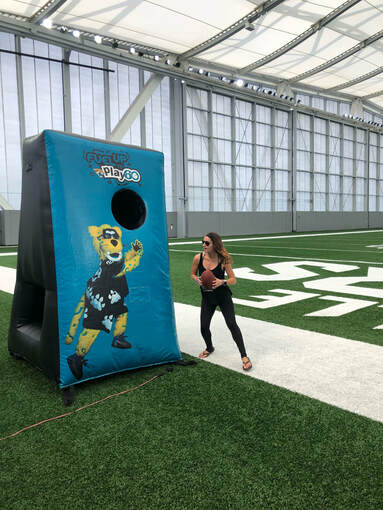 Wellness is one of the critical factors in being a mental health care provider. Wellness is especially important because mental health providers are one of the primary instruments in their own work. I feel it is incredibly important to walk the talk when it comes to offering a model of wellness or self care for clients. There are a variety of existing methods already in place to improve self-care. However, self-awareness is the first step to identify and configure a formula that will work best to create homeostasis between work, play, giving and receiving, accomplishing tasks, and doing absolutely nothing. The key to ongoing and lasting change is to pay attention to you and your body. Whatever profession you are in, the work itself can get in the way of your own wellness. And although you may be full of wellness tips for others, knowledge doesn't always translate into action for yourself. Awareness is the catalyst to change and if you can give yourself permission to change one thing, start small. Perhaps you will decide to change routine on your way home from work by practicing sets of deep breathing at each red light. Or take a moment to go outside just to feel the warmth of your sun on your skin during a bathroom break. How do you incorporate wellness into your routine? Share by leaving a comment below! I recently came across an article on the NBA's official website from March 12, 2019, describing a league-wide mental health initiative taking aim at addressing mental health and wellness issues for players.
This is wonderful news for athletes, the NBA, and families and loved ones of athletes as well! The battles professional athletes have with mental health issues shows that money nor fame can solve everything. More importantly, it shows mental illness does not discriminate. It can affect anyone. Whether you are struggling with a mental health illness, or you simply want to perform better mentally, the first step to working on your mental-emotional health is to be unapologetically open with yourself and recognize the emotions you are feeling. Above all, don't feel scared to reach out if you need someone to talk to. I am here to support you in all areas of your health. Mental health matters to everyone and I think this is an amazing step in the right direction for our athletes! You can read the original article by clicking here. What kind of space are you holding for others? Ask yourself this: am I listening to really hear what someone has to say? Or am I listening to respond?
If you listen to respond you will communicate with defensiveness. If you listen with curiosity you will communicate validation. When your child, partner, friend, and so forth wants to share something with you, he or she wants to be heard. Listen with curiosity, reflect what you heard, and offer validation even if you don't agree. Often times I am approached by parents who are seeking guidance to better understand and "get through" to his or her child. My response is usually simple and to the effect of: "Your child is telling you what they want and how they feel, the solution is to hear what he or she is saying". Seriously. Communicating with children and adolescents is easy when barriers to understanding are removed and words are genuinely heard. I always say, "healing begins the moment we feel heard". If or when you find yourself in a dialogue with your child, spouse, friend, and so forth, I invite you to really take a moment to listen and hear what is being said. Think of your mind as real estate property. Each time the wheels in your mind begin turning (e.g. thinking of a response, forming a judgment) the valuable property in your mind is being sold to ownership by judgment, emotion, and/or defensive thought. Using this metaphorical mental space example, giving the real estate to listening just to hear, sets the conditions for the development of mental property that is free from judgment and can gain equity through mutual understanding and connection. Remember, you can decide at any moment to designate the real estate in your mind to become open to limitless possibilities, including the possibility of holding a space for someone else to heal and feel safe. With all this big said, there is a beautiful quote I am so excited to share with you today and it is right below these final sentences. I hope you have a great start to your week! "The most basic and powerful way to connect to another person is to listen. Just listen. Perhaps the most important thing we ever give each other is our attention...A loving silence often has far more power to heal and to connect than the most well-intentioned words" - Rachel Naomi Remen 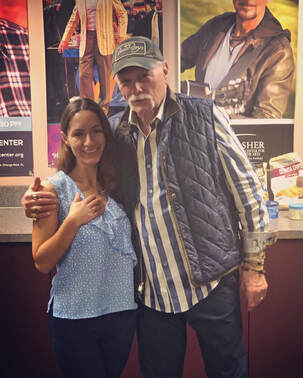 It was such an honor to spend time with one of my most beloved musical artists, Mike Love last Friday here in Jacksonville, Florida. Mike's son, Christian performed lead vocals for "God Only Knows" during this performance and it was truly a beautiful moment in time to be part of the experience. Amazing how a musical performance can really pump the breaks on the world as it exists for just a moment.
So excited to announce that after two years of intensive training, I have been approved for certification as a Certified EMDR therapist!
What is the difference between EMDR trained and Certified? Clients will ask me, "what does it mean if I read that a therapist says he or she is Level 1 or Level 2 trained?". Generally speaking, EMDR basic trainings require a minimum of six days and a majority of EMDR trainings will break up the six day requirement by hosting two-three day weekend training events held on different assigned weekends of a specific month. When a clinician will state that he or she is "LEVEL 1 EMDR Trained", he or she has technically only completed the first three days of basic training. Subsequently, when a clinician states he or she is "LEVEL 2 EMDR Trained", he or she has completed the six days of basic training. Some therapists may find the basic training to be sufficient for what he or she is looking to add to his or her own practice. Once I completed basic training I immediately began applying the skills I learned and provided EMDR therapy in my sessions. I began to notice that my clients symptoms began to resolve almost immediately. How cool is that? People feeling better? I was hooked! After completing basic training I was presented the opportunity to invest in furthering my knowledge of EMDR treatment even more and I went for it! I dedicated the next two years of my life utilizing EMDR and somatic processing in my sessions, attending monthly meetings with an EMDRIA approved consultant for case consultation, and learning even more about the history, mechanism of action, and function of EMDR. In my down time I spent hours studying the limbic system, neurobiology of trauma, and human anatomy so that I could truly understand the biology of stress on a cellular level. My training and certification was unique in that the founder of the Somatic Attachment Focused EMDR protocol (S.A.F.E) interweaved a concept of noticing and understanding how the body will tell us what the client needs and how a feeling, movement, or overall posture may be linked to the emotion(s) associated with a disturbing memory. Being an EMDR provider requires a great depth of understanding and dedication to understanding how the human body reacts to stress, perceived danger, and how to work with a client when he or she may be beyond a window of tolerance to keep him or her safe. As a Certified EMDR therapist, part of my intensive training focused primarily on safety. This type of treatment necessitates a high level of competency and should not be used as a treatment unless the clinician has the qualifications, experience, and training to do so. I understand the necessity of keeping my clients safe and closely monitor each session, ensuring a person does not leave the session until he or she feels grounded enough to do so. So what's next? I look forward to continuing to utilize EMDR in my practice and would like to become an EMDRIA approved consultant. As a consultant, I would have the privilege of working with mental health professionals in the field who are interested in deepening his or her understanding of EMDR treatment. Regardless, the journey is far from over! If you have any questions regarding EMDR, Certification in EMDR, or would like to make an appointment, please feel free to give me a call: 904-280-8006 With all the energy and excitement surrounding Super Bowl 53 this upcoming Sunday, this is a perfect opportunity to talk about a topic within sports culture most fans would rarely begin to consider first when they think of his or her favorite athlete: MENTAL HEALTH.
I recently came across a wonderful article written by Jasmyn Wimbish on http://www.fansided.com. In the article, Wimbish talks about a mental health initiative for NFL players that focuses on eliminating the veil of shame for players so they can talk openly and honestly about mental health concerns. Former San Diego Chargers quarterback, Ryan Leaf who is the chairman of the Focus Intensity Foundation, is advocating for NFL players to feel comfortable being proactive in taking a more well-rounded approach to wellness and fitness by having the conversation about mental health just as easily as players can talk about physical injury and other medical concerns. Athletes should be able to check in about how they are feeling just as routinely as getting a physical for medical clearance to play. Professional athletes have a lot of support from medical and alternative health professionals to ensure they are capable of performing well on the field. What about psychological and emotional health? Is there any consideration for the stress, grief, conflict, and emotions of these elite athletes? I would like to know how athletes are coping when they aren't in uniform. One aspect of being a professional, high performance athlete requires adjustment to a new environment that not only impacts the player, but instant fame and celebrity status impacts family members and loved ones who similarly must adapt and navigate through new social territories. This "status" can also open the doors to high-risk behaviors such as substance use, violence, and other maladaptive behaviors that function as ways for athletes to cope with the multifaceted stressors of being an elite athlete and human being. My hope is to see a development of further initiatives and programs that focus on recognizing the person beyond the number jersey he or she wears. It all begins with awareness and I am so excited to see an increase in dialogue about mental health and professional sports. You can read the full article by clicking here. |
AuthorAmy Pope-Latham, LCSW is a board certified mental health professional in Ponte Vedra Beach, FL. Archives
December 2022
Categories
All
|

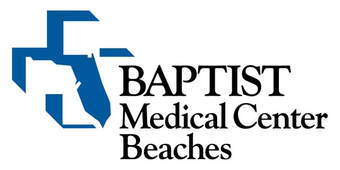
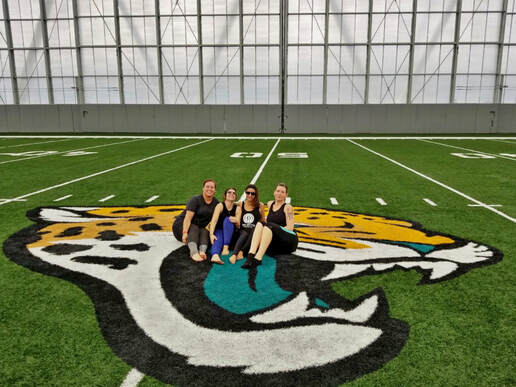
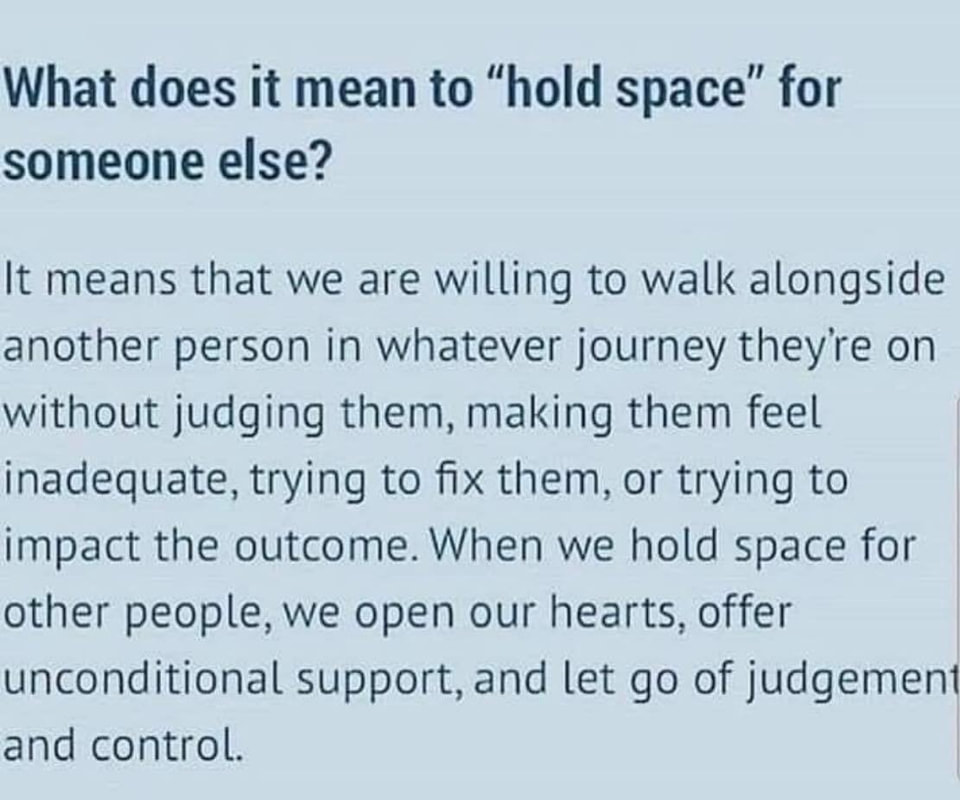
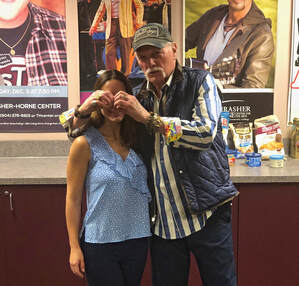
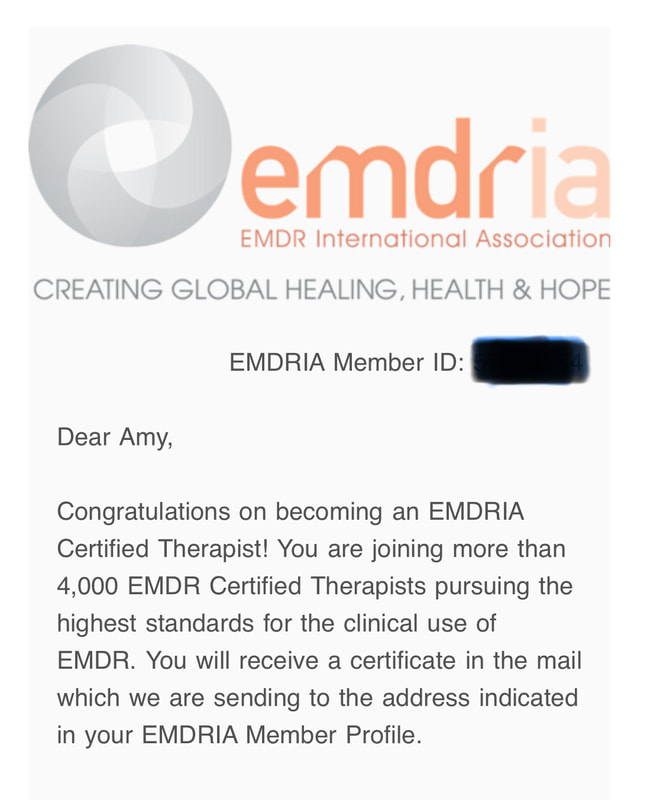
 RSS Feed
RSS Feed